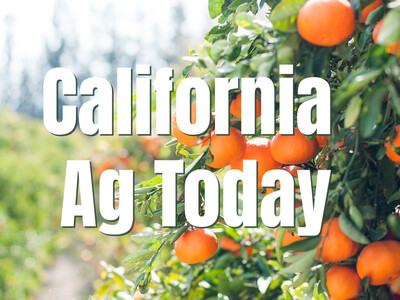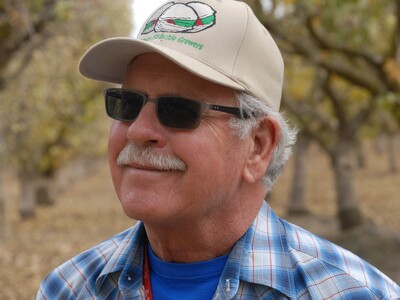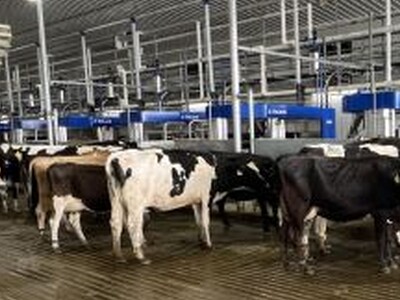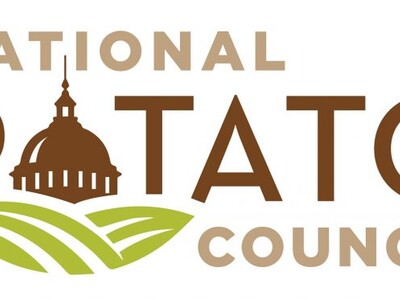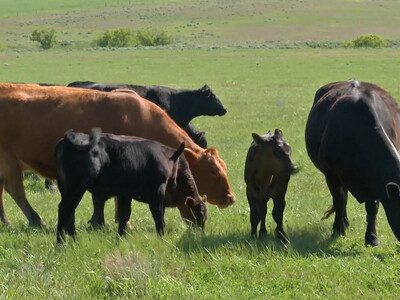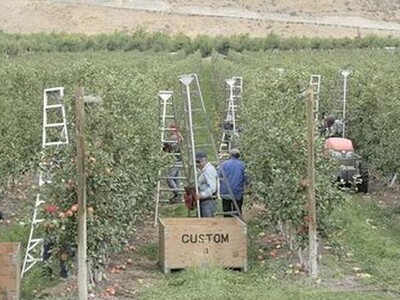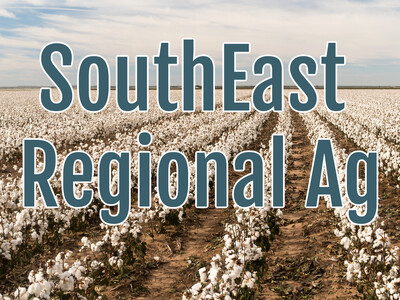Talking Birds and Bees
When it comes to honey bee breeding and genetic focus, it's all about the queen rather than the drone. Washington State University is working to increase the nation's honey bee genetic diversity through importing honey bee semen from Europe. Washington State University Apiary Program Lab Manager Brandon Hopkins explainsHopkins: "Naturally a queen will mate with 20 to 30 individual males out in the air in the open on a single flight. Then she returns and never mates again. She will store a certain percentage from each those 20 males for her time as queen in the hive — which is 2, 3 or 5 years under ideal conditions. We collect from 100s and 100s of males and it is all mixed into a common pool of 100 micrometers and then we give the queen three to four micrometers of it."
To put a microliter in perspective —- it takes 100 microliters to make a rain drop.
Unfortunately, the breeding process is not as simple as inseminating one queen and then providing the second generation of bees to breeders. Second generation queens contain only 50 percent of the imported European DNA. If those queens are released, the imported genes would quickly become diluted as they breed with U.S. bees.
To learn more and to donate to the WSU bee program, visit http://bees.wsu.edu/.





